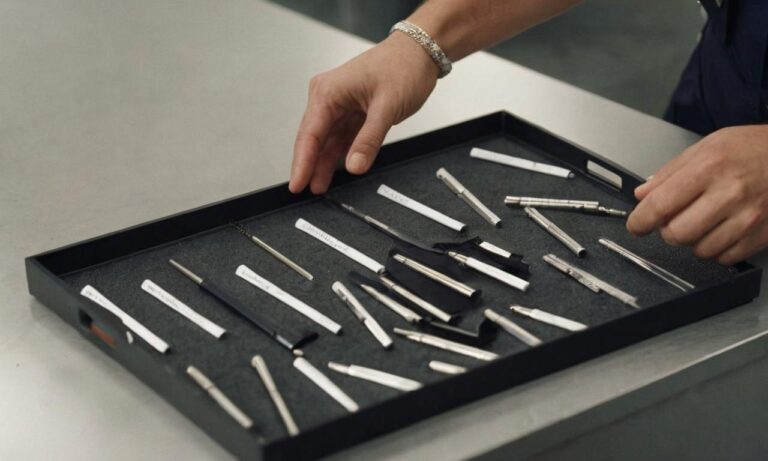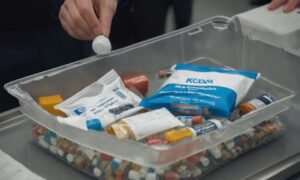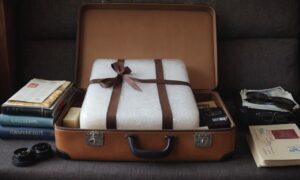When it comes to traveling by air, understanding what items you can and cannot bring aboard a plane is crucial. The question of whether pins are permissible in carry-on luggage or checked bags often arises. Let’s delve into this query to ensure a smooth and hassle-free travel experience.
Understanding Air Travel Regulations
Air travel regulations set by aviation authorities aim to maintain safety and security for all passengers. Items that can potentially pose risks or hazards are restricted or prohibited from being carried onto planes.
Pins: Are They Allowed?
Pins, such as sewing needles, safety pins, or push pins, fall into a category that typically raises concerns due to their sharp points. However, most domestic and international airlines allow these items in both carry-on and checked baggage under specific conditions.
Carry-On Restrictions
Carry-on luggage regulations are stricter than checked baggage rules. The Transportation Security Administration (TSA) in the United States allows pins and needles in carry-on bags, but there are limitations.
Guidelines for Carry-On Bags
When carrying pins in your carry-on, it’s crucial to package them properly to prevent any accidental injuries. Placing them in a secure container, like a needle case or a small, puncture-resistant container, is advisable. Ensure that the container is easily accessible for inspection by security personnel.
Checked Baggage Rules
Checked baggage rules tend to be more lenient when it comes to sharp items like pins.
Best Practices for Checked Bags
If you’re packing pins in your checked baggage, secure them within a sturdy case or a pouch to prevent damage to other items. However, it’s wise to check specific airline regulations as some carriers might have their own policies regarding sharp objects.
Exceptions and Special Cases
While pins are generally allowed, certain types or sizes might be subject to further scrutiny or restrictions. Industrial-sized or particularly large pins might raise concerns and could potentially be prohibited.
International Travel Considerations
For international travel, it’s crucial to familiarize yourself with the regulations of the countries you’ll be visiting or transiting through. Some nations might have stricter rules regarding sharp objects.
Final Verdict
Overall, most airlines and aviation authorities permit the transportation of pins, but it’s essential to adhere to packaging guidelines and specific airline regulations. To ensure a hassle-free journey, always check with your airline or relevant authorities before packing sharp items like pins.
Frequently Asked Questions
Here are some common queries related to carrying sharp objects on a plane:
| Question | Answer |
|---|---|
| Can I bring sewing needles in my carry-on? | Yes, most airlines permit sewing needles in carry-on baggage if they are properly secured in a needle case or a puncture-resistant container. |
| Are safety pins allowed in checked baggage? | Generally, safety pins are allowed in checked luggage, but it’s recommended to secure them within a case or pouch to avoid damage to other items. |
| Are there any restrictions on the size of push pins for air travel? | While most standard-sized push pins are permissible, larger or industrial-sized pins might raise concerns and could potentially be prohibited. It’s advisable to check with your airline beforehand. |
Additional Tips for Traveling with Sharp Objects
Aside from pins, here are some general tips to consider when carrying sharp objects during air travel:
- Always keep sharp items securely packaged to prevent accidental injuries or damage to other belongings.
- Check the specific regulations of both departure and arrival destinations regarding sharp objects as rules may vary.
- Consider using travel-friendly alternatives or smaller-sized items when possible to minimize potential concerns during security checks.
Special Cases and Uncommon Sharp Items
While sewing needles, safety pins, and push pins are commonly allowed, there are unique cases where other sharp objects might require special considerations. It’s advisable to consult with airline officials or check the airline’s guidelines for any specific queries regarding unusual sharp items.






